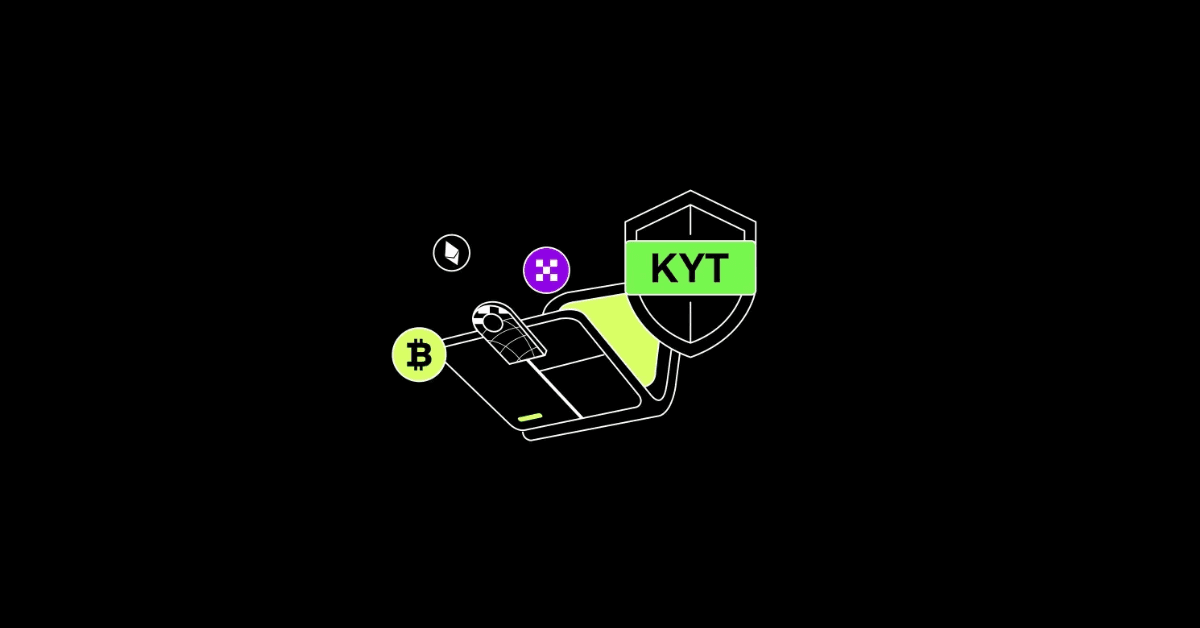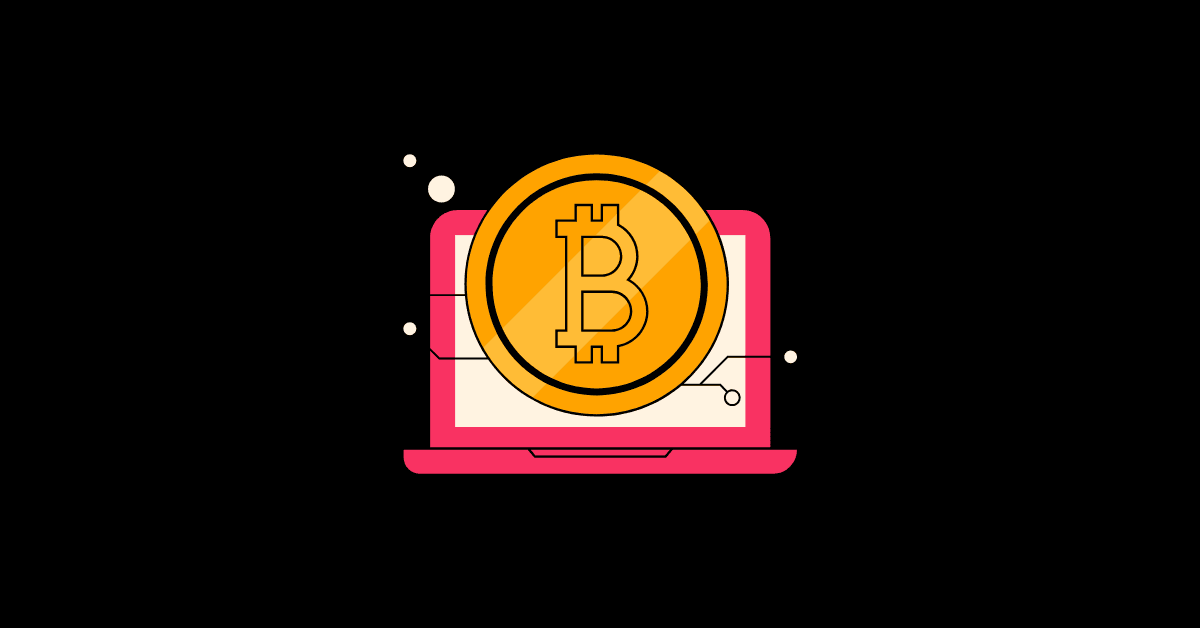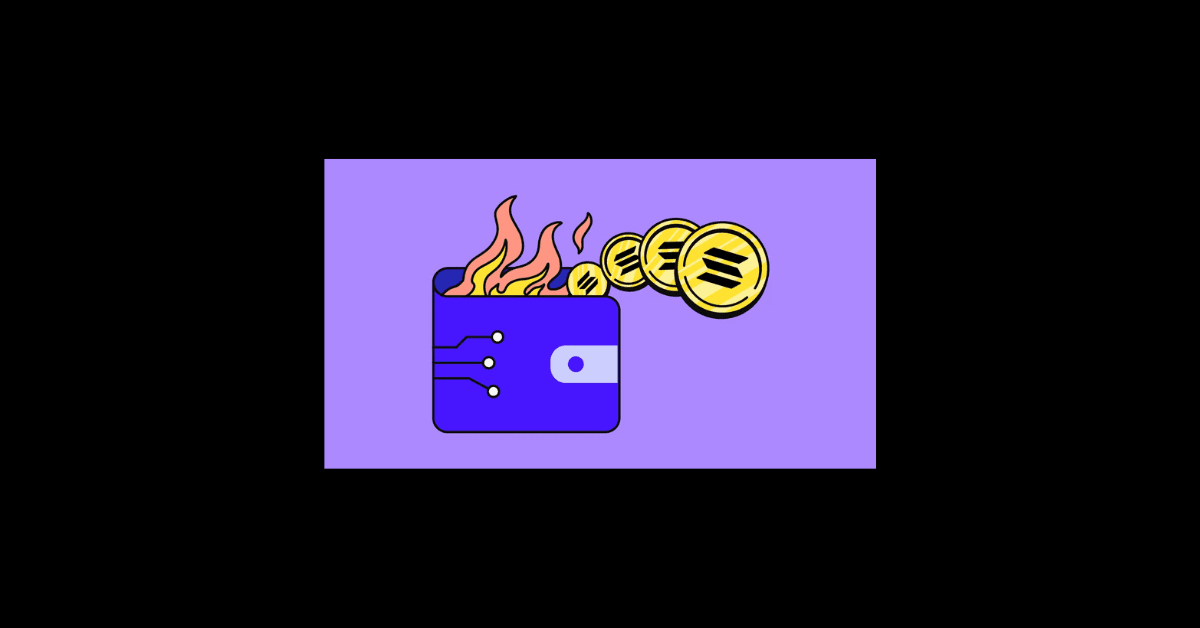Many investors believe that market manipulation, often referred to as a “shakeout,” is solely about whales or project teams trying to steal tokens from retail traders. While there is some truth to this perception, it is far from the whole picture.
The real objective of a shakeout is to create market volatility and fear, forcing weak holders (often referred to as “floating chips”) to sell their tokens. This allows whales to accumulate more tokens at a lower cost while reducing resistance for future price increases.
In simple terms, a shakeout is not just about taking tokens from retail investors—it’s about optimizing the whale’s position for future gains.
Lowering Costs and Reducing Selling Pressure
To better understand the mechanics of a shakeout, let’s explore an example involving a hypothetical MEME token.
- Token Supply: 1 billion tokens
- Initial Price: $0.01
- Whale’s Initial Holding: 50 million tokens locked in liquidity pools
The project team, using automated trading bots, manipulates the price on decentralized exchanges through the following steps:
Step 1: Attracting Early FOMO Buyers
The price is artificially pumped from $0.01 to $0.03, creating hype and attracting the first wave of FOMO (Fear of Missing Out) investors.
Step 2: Creating Panic Through Price Drops
The project team uses multiple accounts to orchestrate a series of trades, causing the price to drop 15% daily for three consecutive days. This sharp decline instills fear and uncertainty among retail traders.
Step 3: Spreading Fear in Communities
False rumors, such as “the team is rug-pulling,” are spread across Telegram groups and Twitter. This triggers panic selling, as retail investors rush to exit their positions.
Step 4: Accumulating Tokens at Lower Prices
With the price now at rock-bottom levels, the project team buys back tokens at a discounted rate. For example, the whale’s average cost per token drops from $0.012 to $0.008, while their holdings increase from 50 million to 80 million tokens.
Through these manipulative tactics, the whales successfully reduce their costs, accumulate more tokens, and eliminate weak holders, paving the way for a future price surge.
Read more: Shakeouts and Unloading: Key Market Differences ; How Long Do Shakeouts Last?
Preparing for Price Pump and High-Level Sell-Off
Another critical purpose of the shakeout is to set the stage for a price pump and high-level sell-off.
If whales skip the shakeout phase and directly pump the price, retail investors may hold onto their tokens due to the “fear of selling too early.” This behavior locks up liquidity, making it difficult for whales to offload their holdings at higher prices.
By shaking out weak hands, whales can achieve two objectives:
- Identify Strong Holders: Retail investors who remain after the shakeout are more likely to hold through price fluctuations.
- Attract New Buyers: The price pump draws in fresh capital, creating demand for the tokens.
Case Study: MEME Token
After completing the shakeout, the project team holds 80 million tokens at an average cost of $0.008. They then execute the following strategy:
- Pump the price from $0.008 to $0.015, then to $0.02, gradually building market excitement.
- As the price reaches $0.05, they sell 70 million tokens, earning approximately $3.5 million in profit.
- Retain 10 million tokens to manipulate the price further, oscillating between $0.01 and $0.03, while preparing for the next market cycle.
Conclusion
A shakeout is not a random event but a calculated strategy employed by whales to maximize their profits. By creating fear and uncertainty, they force weak holders to sell their tokens at a loss, allowing the whales to accumulate more tokens at a lower cost.
This process not only reduces selling pressure during the price pump but also sets the stage for a high-level sell-off, enabling whales to exit the market with significant profits.
For retail investors, understanding these tactics is crucial. Awareness of the mechanics behind shakeouts can help you make informed decisions and avoid falling victim to market manipulation.
Remember, in the world of crypto, knowledge is power. Stay informed, stay vigilant, and always think long-term.








